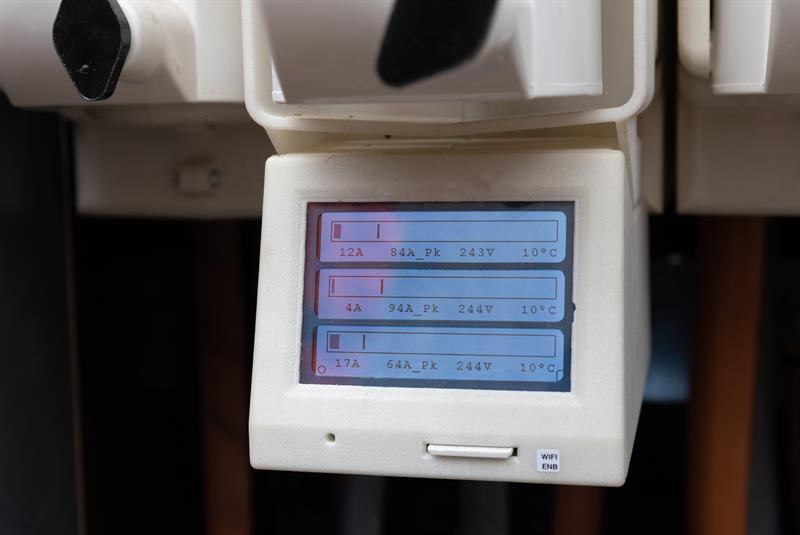FuseOhm is a form of remote monitoring and aims to allow all Distribution Network Operators (DNOs) to monitor the performance of every low voltage electricity substation.
The results demonstrate that FuseOhm is able to provide continuous real-time measurement and recording of critical parameters within substations – such as voltage, temperature and phase angle.
“FuseOhm is an easy retrofit solution that could provide network operators with low-cost monitoring at scale, and much better visibility of where to deploy smart management systems or specific network reinforcements.The FuseOhm units were installed, operating and collecting real-time data within one of our substations literally within minutes but the system could just as easily be included as an optional extra as part of all new installations at marginal extra cost,” said Ricky Duke, innovation and low carbon network engineer at Western Power Distribution.
Although several monitoring systems are already available, DNOs report that they can take two hours or more to install and are usually too expensive for routine and widespread use. As a result, current technologies tend only to be installed and used for short periods to help with fault diagnosis on a specific leg of the network when a customer reports a problem.
FuseOhm has been specifically designed to address this and to provide DNOs with a low-cost approach that could be rolled out to every substation.
These latest trial results follow on from a series of in-depth tests on pre-production prototypes carried out at The University of Strathclyde’s Power Networks Demonstration Centre in Glasgow (PNDC) where FuseOhm was shown to be robust and accurate over multiple tests, temperatures and environmental conditions.

Above: the FuseOhm display unit shows [from left to right] the actual current level for each of three fuseways, the peak current achieved within a pre-determined time period, as well as instantaneous phase voltage and temperature. The data can then be stored locally or transferred via a wired or wireless communications network for remote monitoring applications.













